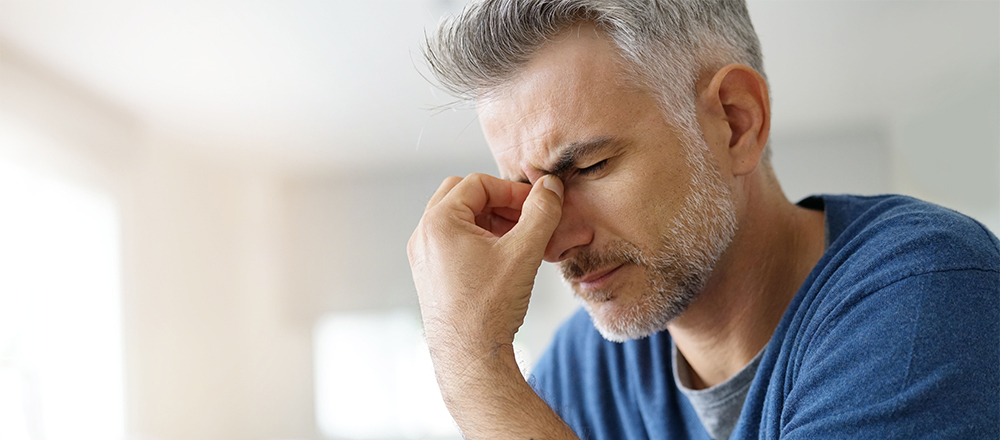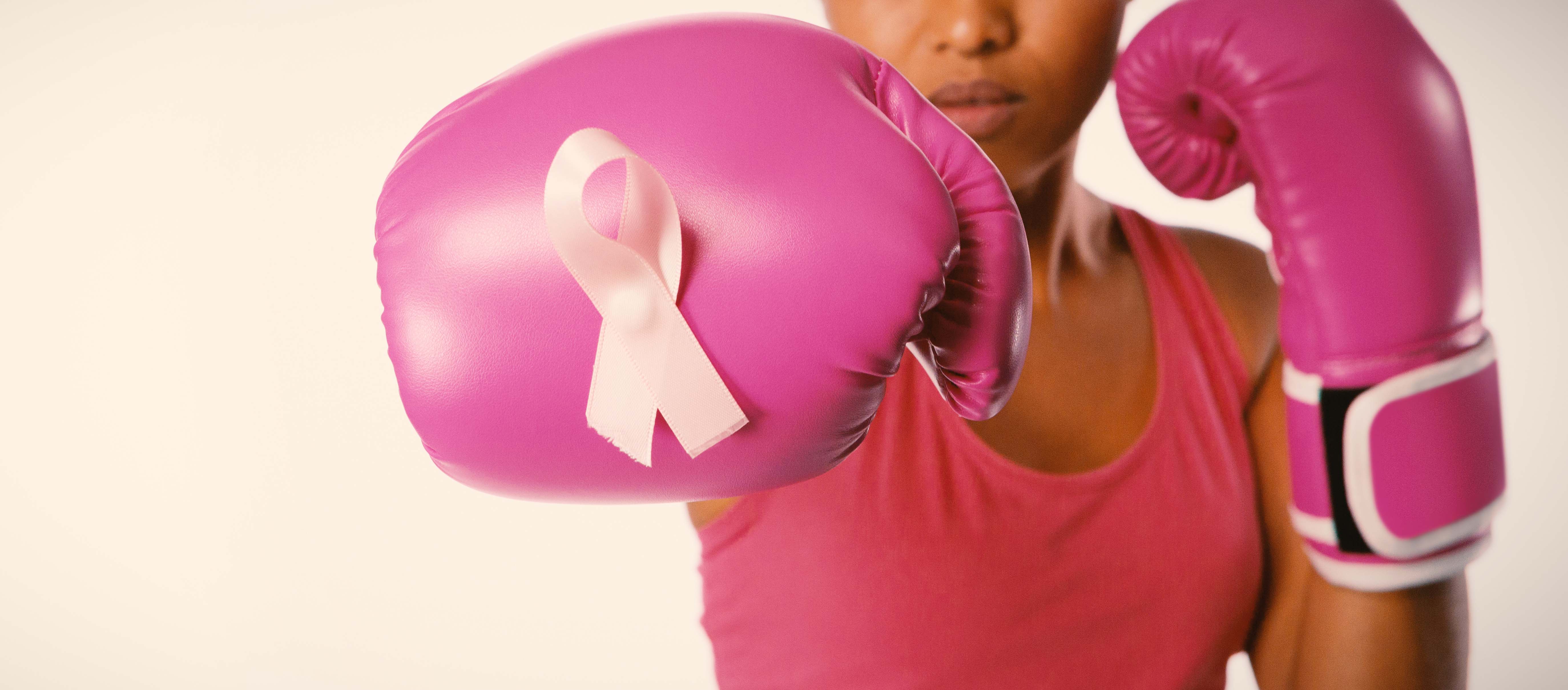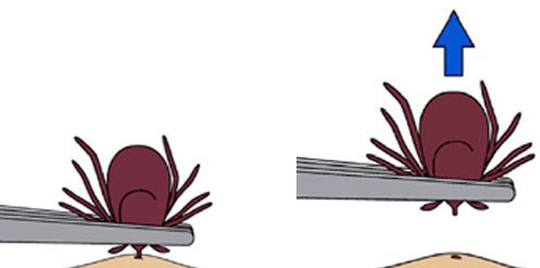Headaches vs. Migraines: Know the Root of Your Head Pain
July 20, 2021By: Katherine Lee MD
Categories: Live Healthy, Prevention, Your Wellness

When head pain strikes in the form of a migraine or headache, you don’t always think clearly. But taking time to observe the signs and symptoms could mean the difference between effectively treating a run-of-the-mill headache or a migraine. With tension headaches affecting about 40% of the adult population worldwide and migraines affecting another 10%, it’s important to know the difference between the two; their triggers; proper treatment and prevention; and when it’s time to get help.
The Difference Between Headaches and Migraines
The easiest way to distinguish a headache from a migraine is by the severity. Unlike headaches, which range from dull to acute pain, migraines are often so debilitating that the acronym POUND is sometimes used to summarize key migraine signs and symptoms.
Pulsating Pain
One-day duration of a severe attack
Unilateral (one-sided) pain
Nausea and vomiting
Disabling intensity
Photophobia (light sensitivity) is another common migraine symptom.
Head Pain Triggers
Headache and migraine triggers are unique to each person. What triggers incidents in others may not trigger headaches or migraines in others. Bottom line: Listen to your body and talk with your doctor.
Migraine triggers may include:
- Alcohol
- Caffeine
- Food
- Genetics
- Hormonal and weather changes
- Lack of sleep
- Light and sound
- Stress
Headache triggers may include:
- Alcohol
- Diet or hunger
- Hormones
- Lack of sleep
- Poor posture
- Strained neck and shoulder muscles
- Stress
Ways to Prevent Headaches and Migraines
Avoiding triggers and reducing stress are the best ways to prevent migraines. Securing a full night of sleep is another important preventive step. Back- and neck-strengthening and reduced stress are the effective ways to prevent tension headaches. Meditation, acupuncture and dietary changes have also proven effective for some individuals.
Explore More: Migraines: The Basics | Beat Migraines to the Punch
Watch Dr. Lee on Fox4
Treatment Options
Over-the-counter pain relief medication (ibuprofen, acetaminophen and aspirin) and some quality Z’s are some of the best ways to treat a headache. If you’re suffering muscle tightness, a hot or cold head or neck compress can also provide relief.
Rest and a cold or hot compress can also help relieve migraine symptoms. Some people find that taking small doses of caffeine during the early stages of a migraine is effective. In more severe attacks, prescription medication is one of the most effective ways to stop migraines. If recommended by a neurologist, outpatient treatments like BOTOX® or the SphenoCath procedure are available to patients.
When Should I Be Worried About a Headache or Migraine?
- Visit a doctor if you:
- Change or loss in vision
- Confusion
- Experience the “worst headache of your life”
- Fever and neck stiffness
- Have a sudden series of headaches/migraines but don’t have a history of them
- Have headaches that accompany unintentional weight loss
Get Ahead of Your Head Pain
If you’re suffering from chronic headaches or migraines, talk to your primary care physician. If needed, your PCP can connect you with a neurologist for further assessment and treatment.



